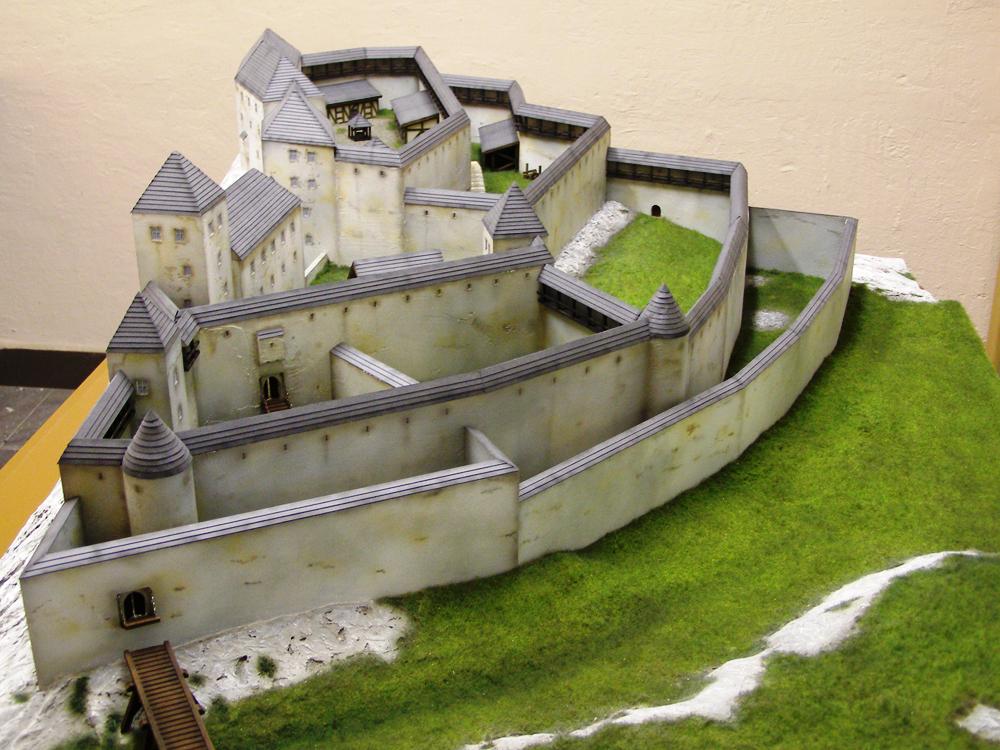
Archeological findings indicate that fortified structures may have stood on the site as early as in the Iron Age; they certainly existed in the Roman era. But it was in 1471 when a knight named Bernardin Raunach built a modern castle to defend the local population against the Ottoman Turks, who were then making frequent incursions into the Slovenian Lands. Some sources claim the Turks made their first attack immediately after Schillentabor was built. In the decades that followed, the local peasants frequently sought shelter from the Ottoman looters and kidnappers in the 50 chambers behind the castle’s thick walls.
The castle, dubbed Schillentabor, remained in the Raunach family for generations, but the dangers facing the castle did not go away. When the threat from the Turks decreased, a series of peasant revolts swept the lands. The peasants were demanding better living conditions. When their demands weren’t met, they ransacked and burned the castle.
Schillentabor was repaired, and in the 17th century, the Raunachs were given the title of barons. They emerged as one of the most important noble families in the Slovenian Lands. But the castle was still vulnerable to outside forces. In 1700, it was severely damaged by lightning. A century later, Napoleon’s troops, who were then fighting the Austrians, conquered and devastated much of the building.
Schillentabor passed on to other owners in the 19th century, but it was in an increasingly dilapidated state. It was eventually abandoned, and people from nearby villages used stone from its thick walls as a building material for their homes.
These days, only ruins recall a castle that was built to protect the Slovenian heartlands – and found itself at the center of political and military turmoil.


































































